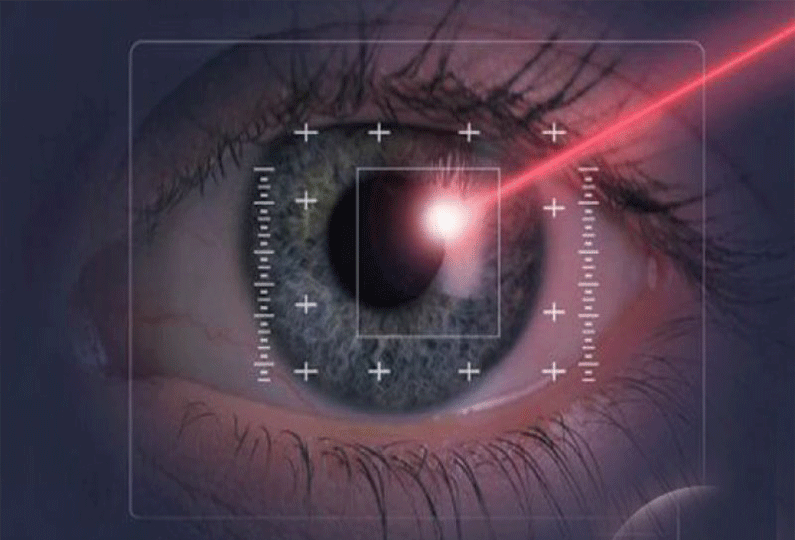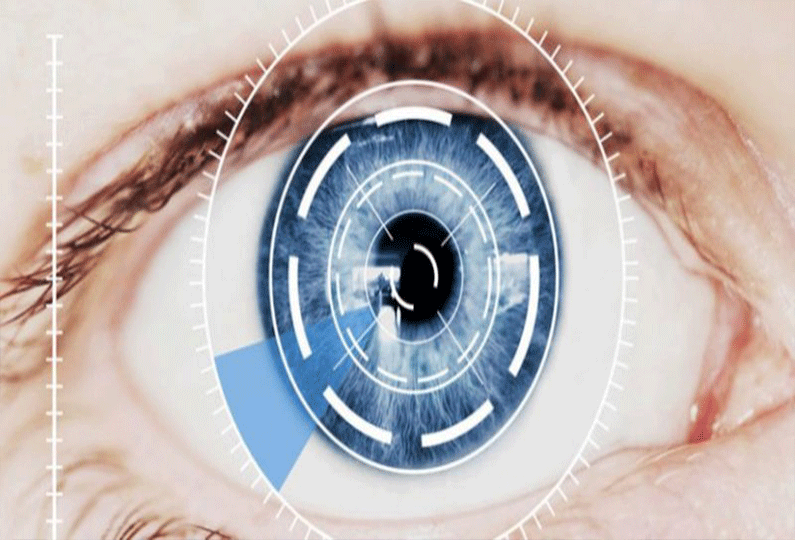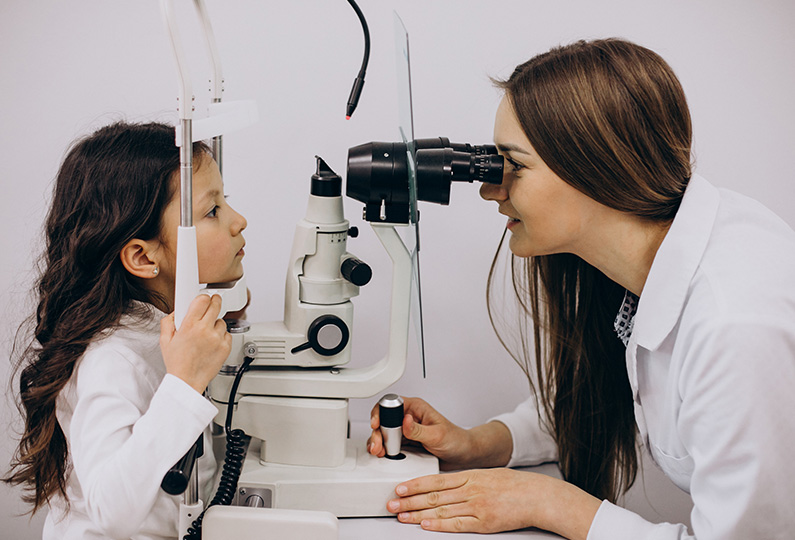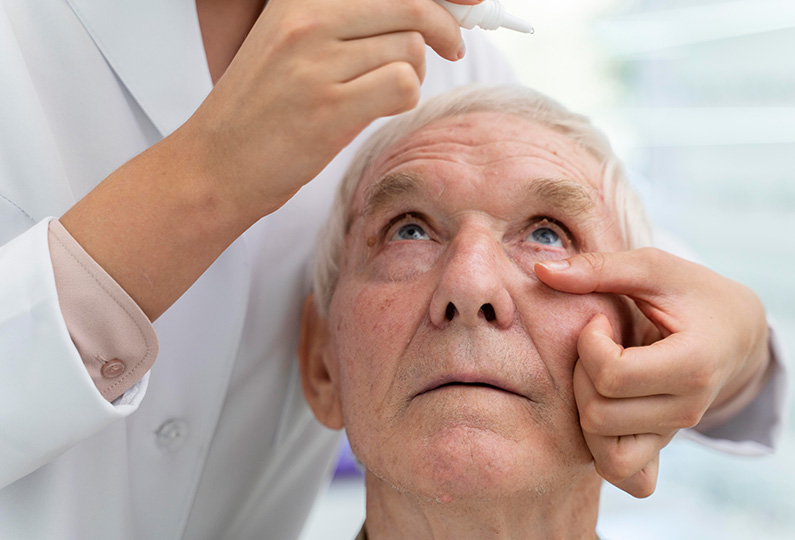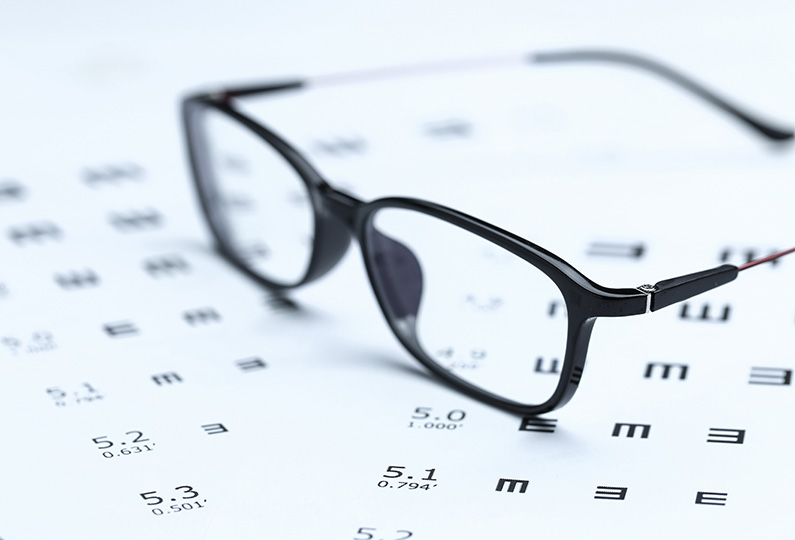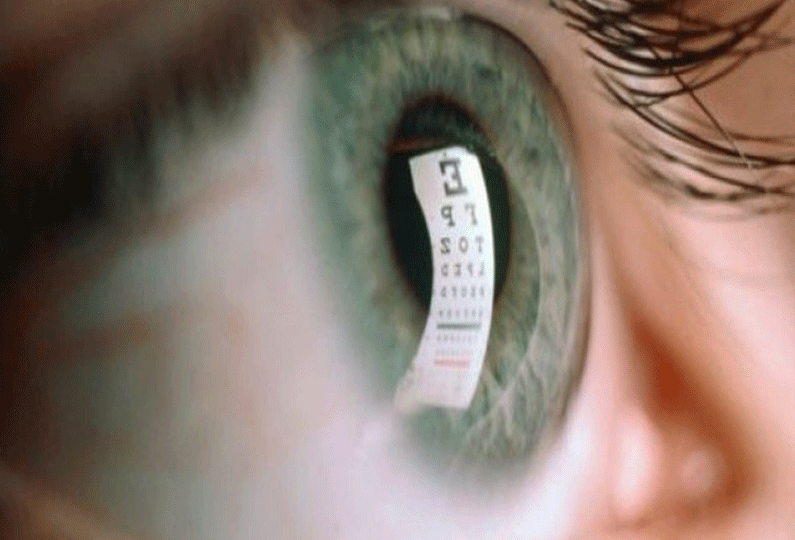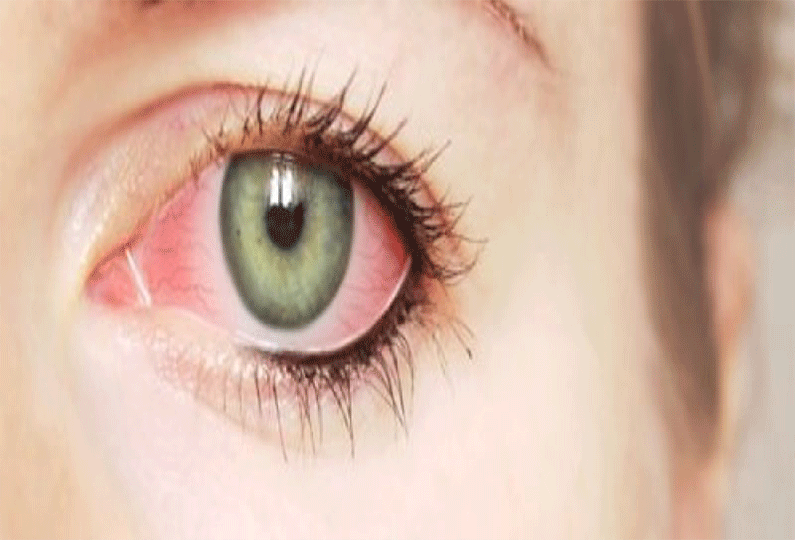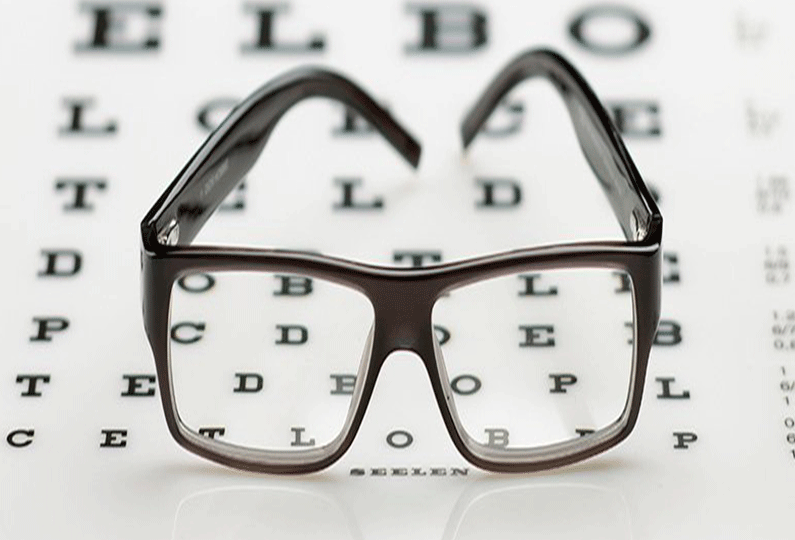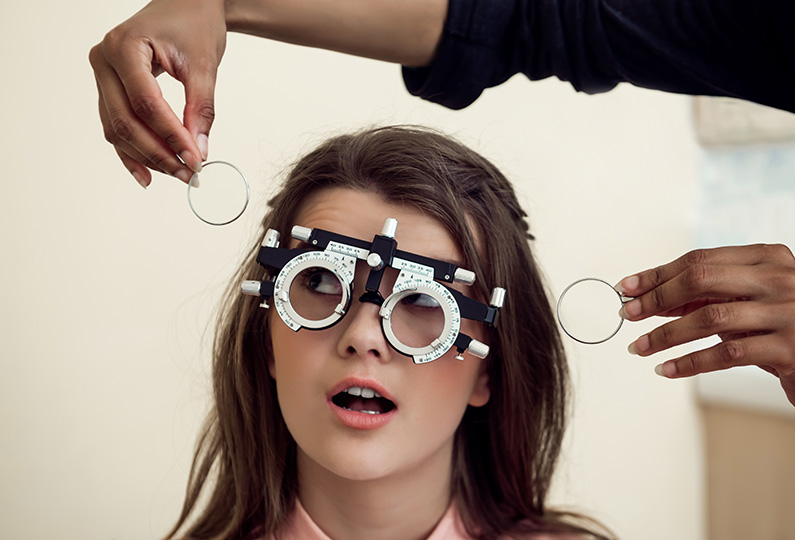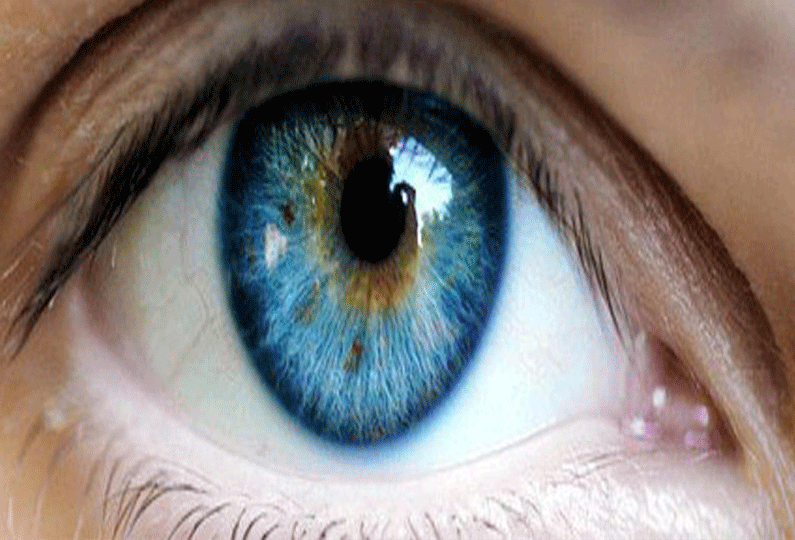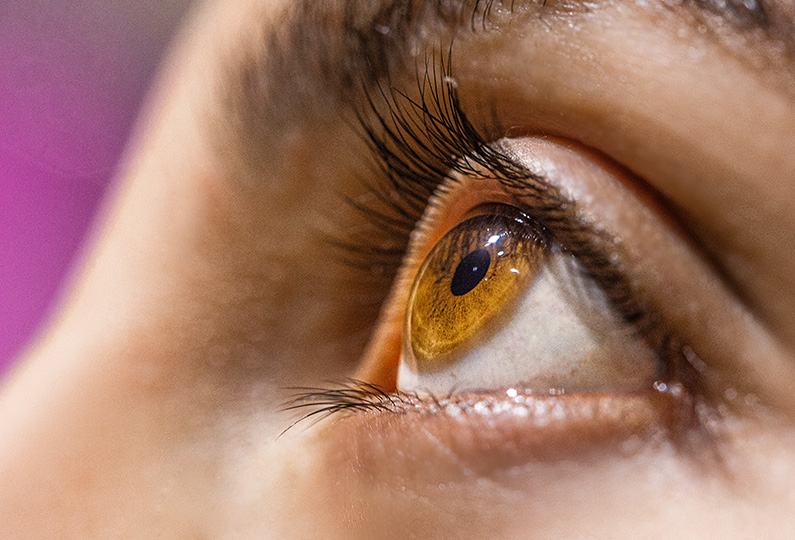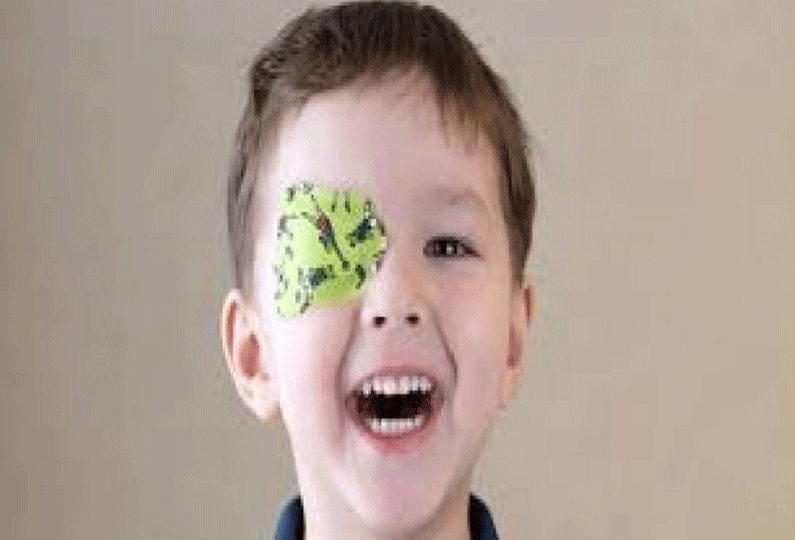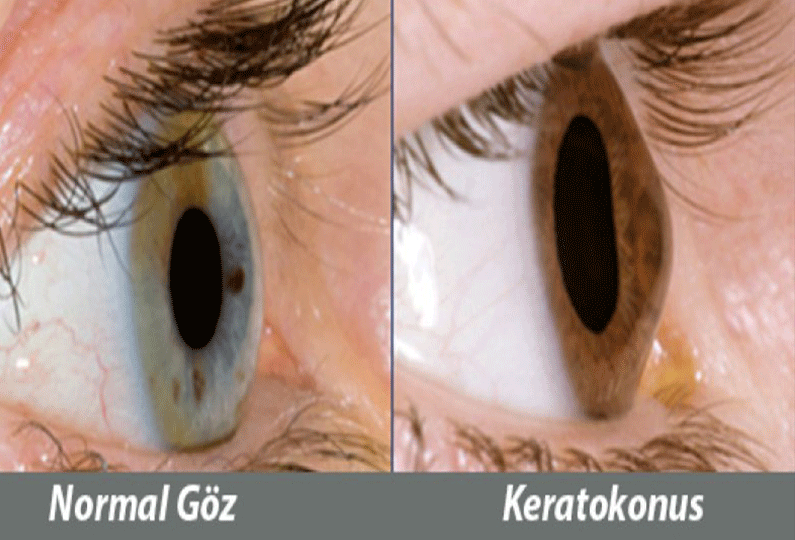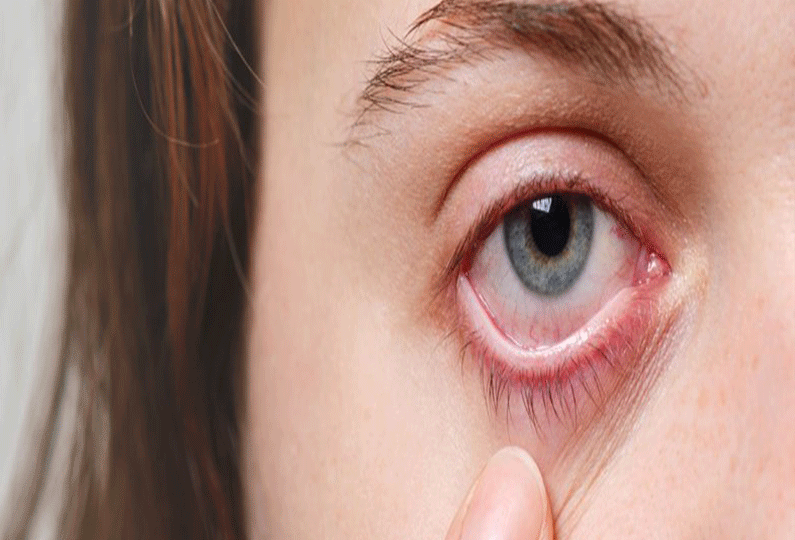Neurovision
Neurovision
What is NeuroVision™ Technology? NeuroVision™ is a technology that improves visual acuity by teaching vision directly to the brain using a computer and a personalized program. The visual stimulation in this application directly stimulates the visual center in the brain and as a result "Contrast Sensitivity, Visual Acuity and Quality" are improved. NeuroVision Treatment The innovative technology of NeuroVision™ has been developed as a result of research focused on optimizing the neural performance of the visual system. NeuroVision™ is the result of 20 years of persistent scientific and clinical research.
This research
- how the brain processes visual information,
- how neural activity is related to visual perception,
- These are studies aimed at understanding how visual processes act in tandem with other neural systems.
NeuroVision™ Technology is a "non-invasive", "non-surgical", "patient-specific" vision enhancement treatment based on visual stimulation and acceleration of neural connections responsible for vision. Set up as interactive computing, NeuroVision™ can be delivered to patients in the comfort of their own homes or in clinics (Certified NeuroVision™ Centers) using a PC with internet connection. The technology has been clinically proven in the treatment of adult amblyopia (lazy eye), which until now was considered incurable.
Our company has received FDA 510(k) clearance in the United States of America for the treatment of "lazy eye" in patients aged 9 years and older. Our company has also obtained Medical CE - Mark authorization for the sale of all products in the European Union.
Who Can Benefit from NeuroVision™ Treatment?
NeuroVision™ is suitable for patients between the ages of 9 - 55 with the following conditions
- Lazy Eye - Amblyopia (Anisometropia, Strabismus or both)
- Low Grade Myopia : -1.5 D Spherical and/or -0.75 D Astigmatism
- Refractive surgery patients with reduced Contrast Sensitivity / Visual Acuity
- Patients with Monofocal or Multifocal cataract surgery
- Early Presbyopia : +1.5 D near addition presbyopia
What is the expected outcome of NeuroVision™ treatment?
- As a result of NeuroVision™ treatment, patients have experienced an increase and improvement in the quality of their visual function. Visual acuity is expected to improve by 2 ETDRS or more (BCVA (BestCorrectedVisualAquity) if amblyopia, UCVA (UncorrectedVisualAquity) if low myopia, post-LASIK, post-cataract and presbyopia).
- Contrast sensitivity is expected to increase to normal limits.
- Amblyopia patients may also experience improvement in binocular functions.
NeuroVision™ Stages of Treatment
Pre-Treatment Procedures
Before treatment, the patient will have a consultation with an ophthalmologist and optometrist. Refraction, Visual Acuity (ETDRS) and Contrast Sensitivity (SWCT) will be tested. People with lazy eye will undergo additional examinations. It will be determined if the patient is suitable for NeuroVision™ treatment.
Treatment Environment
The NeuroVision™ patient will choose whether to set up and perform the treatment on a PC in the comfort of their own home or at the NeuroVision™ Center. The treatment should take place in a darkened, quiet room, sitting approximately 1.5 meters away from the computer screen. When the patient is ready, the series of computerized interactive exercises will begin.
Treatment Sessions
The patient will follow a sequence of dynamic and interactive visual cognition therapy sessions in the environment of their choice. These sessions are designed to improve the functioning of the visual cortex, thereby enhancing the brain's perception of images, resulting in clearer and sharper vision. Various images are presented on a computer screen. The patient is expected to mark whether they see a target pattern. The marking is done with the help of a computer mouse. During the first two sessions, the person performs a set of visual cognitions to identify and analyze neural deficits and dysfunctions. The NeuroVision™ system analyzes the patient's performance and based on this analysis, a personalized treatment plan is prepared and the treatment sessions begin. The treatment sessions are personalized according to each individual's visual needs. During the preparation of these individualized sessions, the following parameters are actively checked continuously.
- Spatial Frequencies
- Spatial Regularization of Gabor Shapes
- Contrast Level
- Orientation (Local and Global)
- Commitment
After every five treatment sessions (depending on the practice of the clinics/hospitals), the patient will periodically undergo Visual Acuity (ETDRS) and Contrast Sensitivity tests to determine their improvement. When all treatment sessions have been completed, the NeuroVision™ system will report this. This occurs after approximately 30 sessions for low myopic and post-LASIK patients and after 40 sessions for patients with lazy eye, with maximum improvement being achieved.
